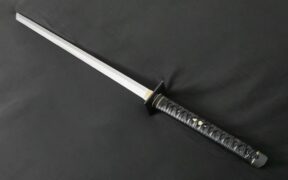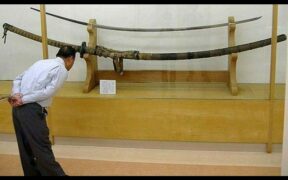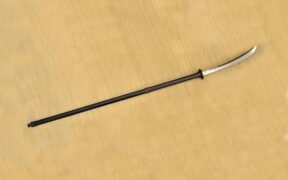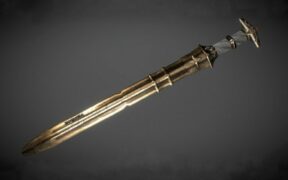Our content features commercial links to our products, committed to transparent, unbiased, and informed editorial recommendations. Learn More
Nagamaki Sword: History, Use, and Where to Buy
NO AI USED This Article has been written and edited by our team with no help of the AI
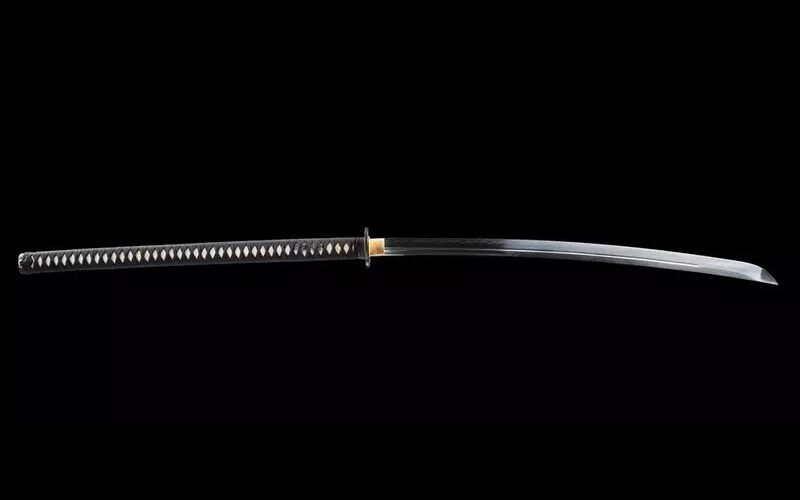
One of the lesser known Japanese swords, the nagamaki is a long
Let us explore the history of the nagamaki, how it compares to the katana and the naginata polearm, and where you can get the
Characteristics of the Nagamaki Sword
Distinguished for its long handle, the nagamaki was one of the weapons of low-ranking samurai in feudal Japan. Here are the unique characteristics of the nagamaki
Metal and Construction
Japanese swordsmiths crafted the nagamaki blade from tamahagane, carbon steel produced in a tatara smelter in Japan using traditional techniques. Modern reproductions made outside Japan often feature high carbon steel blades though they are not crafted from tamahagane. Some smiths also use modern steel production methods to create replicas using spring steel or T10 steel, in which the latter is a tool steel made of carbon and tungsten.
Blade Appearance
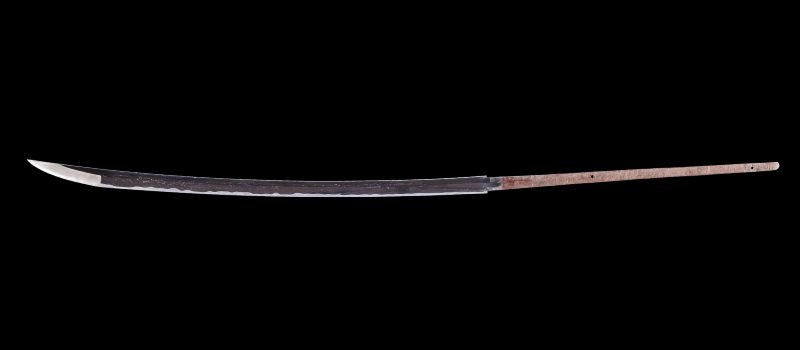
Japanese blades have several aesthetic features, such as the hamon or temperline pattern along the cutting edge, created by the clay tempering process. The nagamaki blade is single-edged and could resemble a naginata or a katana with a shinogi-zukuri style blade.
In Japanese blades, the shinogi is the well-defined ridge line running along the blade’s entire length where it is thickest. Generally, a shinogi-zukuri style blade features a shinogi, a yokote line that sets off the point from the body of the blade, and a well-defined kissaki or point.
Size and Length
The nagamaki usually had a blade length of 60 centimeters or more and its handle about the same length as the blade. In some cases, the handle was made longer, though it remained as a
An account from the Taikō ki mentions the nagamaki with either a 90 centimeter long blade, or 120 centimeter long handle. Its longer handle and blade allowed for slicing and large sweeping strokes, so it served as an infantry weapon against the cavalry.
Sword Mounting
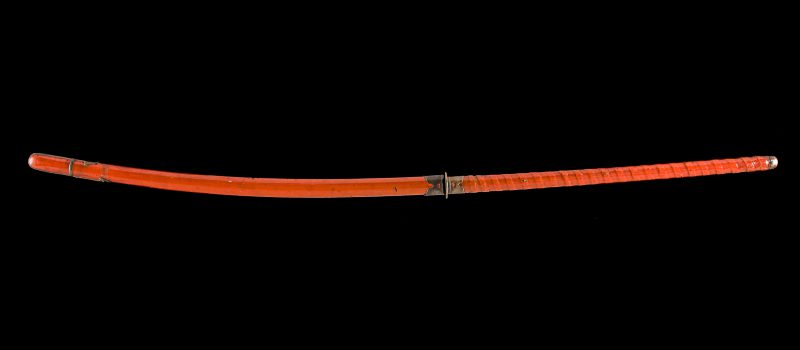
Most polearms like the naginata have a wooden shaft, but the nagamaki features a long tang wrapped just like a typical Japanese
It also features a mekugi, a bamboo rivet that secures the tang in the wooden hilt, and a habaki, a metal fitting that supports the hilt and secures the blade in the scabbard. Like most Japanese swords, its hilt was covered with sharkskin overlapped with braided cord.
Top 5 Nagamaki Swords Available Online
The nagamaki may not be the most famous Japanese weapon, but it remains relevant in martial arts, tameshigiri or test cutting practice, cosplay, and among
1. Best Overall: 1095 Folded Steel Nagamaki
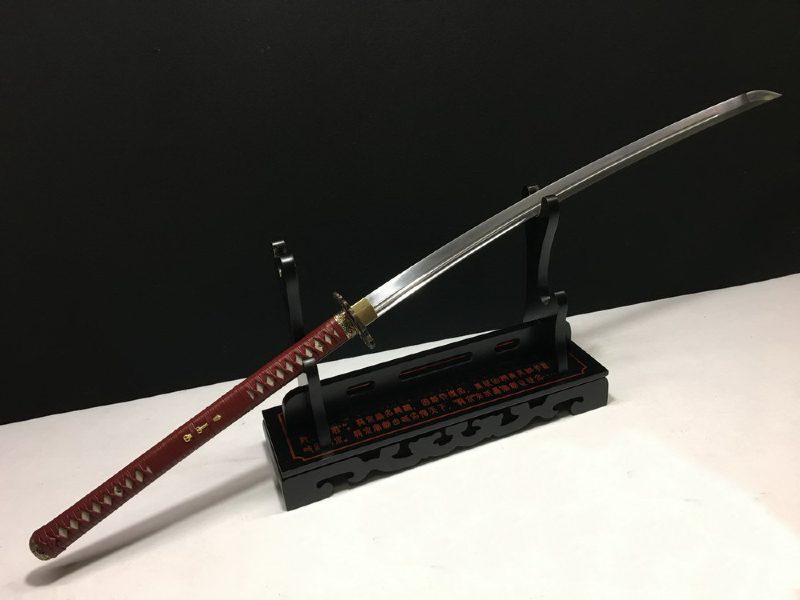
If you value the aesthetic features of Japanese blades, this nagamaki is a great choice. It lacks the traditional hamon on Japanese swords, but features a beautiful grain pattern on the blade surface.
It features a 1095 folded steel consisting of a high carbon content, but it is not clay tempered, so it is not the best for tameshigiri or test cutting practice. Still, it may cut through softer objects or medium targets.
It is also the best option if you don’t want to splurge on
2. Best Premium: Dynasty Forge Nagamaki
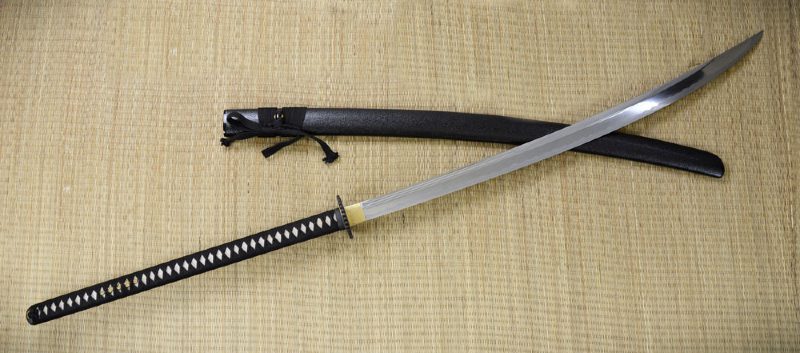
If you’re looking for a battle-ready
It also makes a good collection piece due to its decorative metal fittings and lacquered scabbard. Just like the traditional Japanese swords, it has a wooden grip, wrapped with ray skin and black silk ito, and an iron tsuba or
3. Best on a Budget: 1060 Carbon Steel Nagamaki
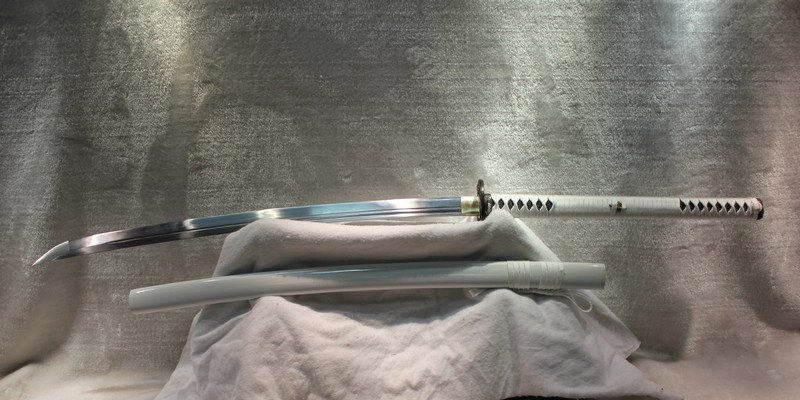
If you’re looking for a nagamaki
For less than $400, you’ll have a nagamaki
4. Best for Collection: Custom Nagamaki Sword
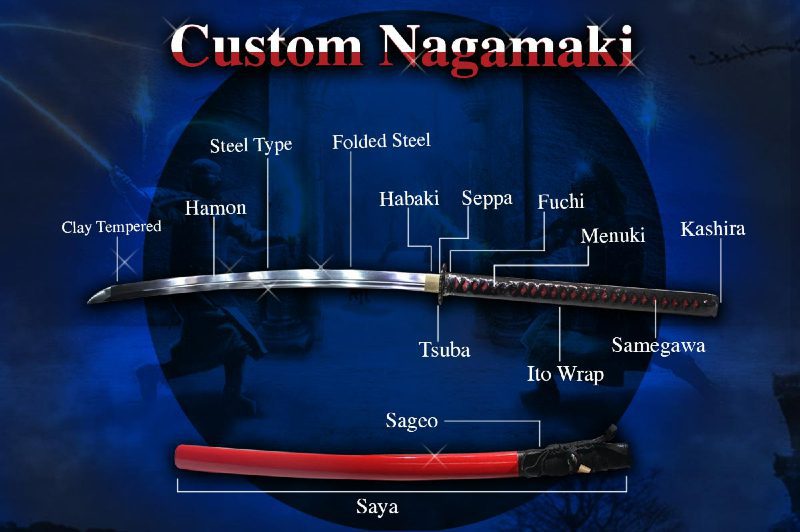
If you’re looking for a one-of-a-kind
Apart from the traditional high carbon steel blade, there is an option for spring steel or T10 clay tempered steel. You may also alter the weapon’s size up to a blade length of 80 centimeters long and a handle length of about 60 centimeters long. To make it suitable for cosplay, you may have its edge unsharpened for safety.
One of its most unique features is probably adding a hint of color to the nagamaki blade such as blue, black, or gold through electroplating. The engraving option also allows you to engrave images on your
5. Best for Cosplay: Samurai Nagamaki Sword
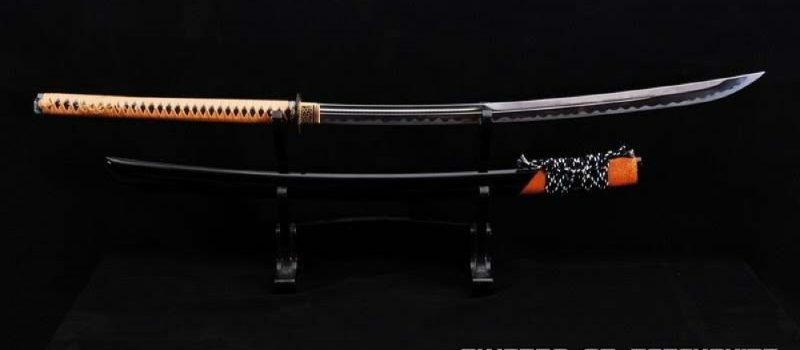
If you want to channel your inner samurai, this nagamaki
One of the advantages of this
Nagamaki Sword vs. Katana Sword
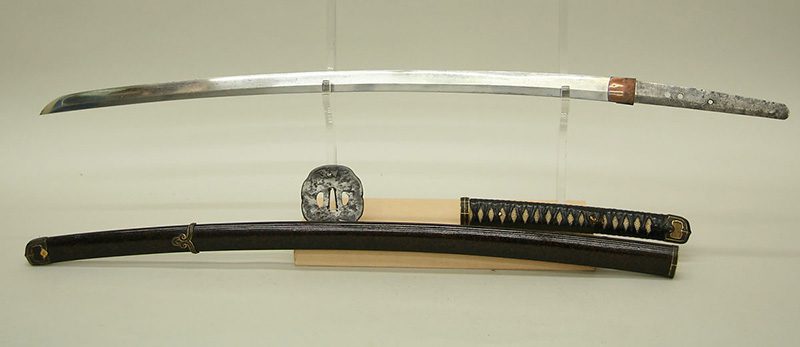
Most nagamaki swords have blades similar to the katana, but their difference lies in their hilt length. The Japanese katana usually has a blade over 60 centimeters long, while its hilt is about 20 to 25 centimeters long. The nagamaki may have a 60-centimeter long blade, but its hilt is often equal to its blade length.
In some instances, the nagamaki hilt was made longer, but the hilt remained wrapped just like a typical katana. Also, the nagamaki did not have elaborate
Nagamaki Sword vs. Naginata Polearm
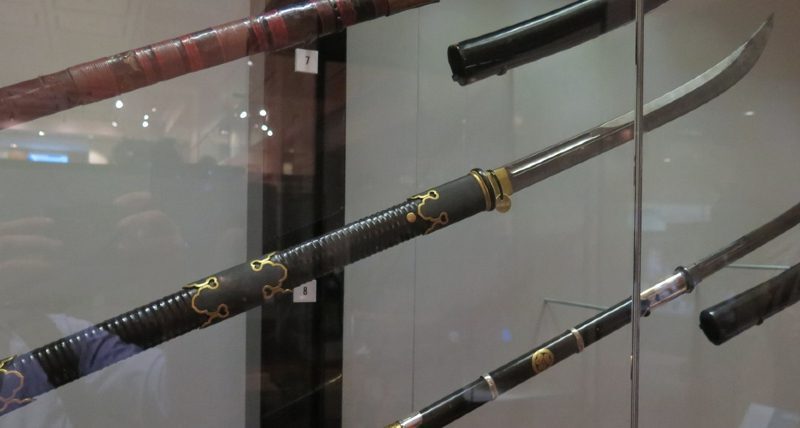
Designed for cutting rather than stabbing, the naginata polearm consisted of a curved blade attached to a wooden shaft. The name naginata means reaping
The nagamaki
Some consider the nagamaki a polearm due to its similarity to the nagamaki, but it is actually a
Facts About the Japanese Nagamaki
The Japanese term nagamaki literally means long wrapping, a reference to its long hilt that was wrapped like a typical katana hilt.
Here are the things you need to know about the nagamaki
The nagamaki evolved from extra-long swords called nodachi or odachi.
The nodachi or odachi was the extremely long
Some were sharpened only toward the end of the blade, so many warriors began wrapping the lower, blunted part of the nodachi blade to extend the handle. It resulted in the nakamaki nodachi, a nodachi wrapped around its middle. Eventually, it became known as nagamaki and reached its peak during the Muromachi period, from 1338 to 1573.
There are only a few historical accounts of the use of nagamaki on the battlefield.
It is likely because it only developed from the nodachi and later shortened and reshaped to a more practical
Some described the nagamaki as a horse’s leg-breaker.
The Uesugi family, a samurai warrior clan, referred to the nagamaki as a horse’s leg-breaker, likely due to its use in a battle overseas. In 1662, the nagamaki played a role in the fall of Dutch Taiwan to a Chinese state.
A Chinese warlord Zheng Chenggong, also known as Koxinga, used an army of so-called Iron Men, who were probably Japanese mercenaries. These men wielded a so-called battle
Most nagamaki were shortened for use as a katana or wakizashi.
It is rare to find historical nagamaki swords in their original shape, as they were often shortened and reshaped into traditional Japanese samurai swords. Apart from shortening the tang, the upper portion of the back of the nagamaki blade was usually removed.
The Japanese katana typically had a blade length of over 60 centimeters and its hilt about 20 to 25 centimeters long. On the other hand, the short
There are only a few martial arts schools that use nagamaki.
Several Japanese martial arts focus on the famous samurai katana sword, though the tantojutsu highlights the use of the tanto dagger. Many consider the nagamaki an awkward yet proportional weapon compared to the traditional swords. So, its use in martial arts is also less popular. In Japan, the Araki-ryu, the Toda-ha Buko-ryu, and the Kashima Shinto-ryu utilize the nagamaki. The Higo Ko-ryu also created a sophisticated method of wielding the weapon.
The nagamaki inspired a few fantasy swords in anime, films, and video games.
The Dark Souls II and Sekiro video games feature characters who wield weapons modeled after the nagamaki. In the latter, a corrupted monk performs elaborate sweeping and slicing strokes using the
Conclusion
Even if the nagamaki closely resembles the naginata polearm, it actually evolved from the extremely long odachi of the Nanbokucho period, and the samurai wielded it as a
